Content by Alexander "Sandy" Smart
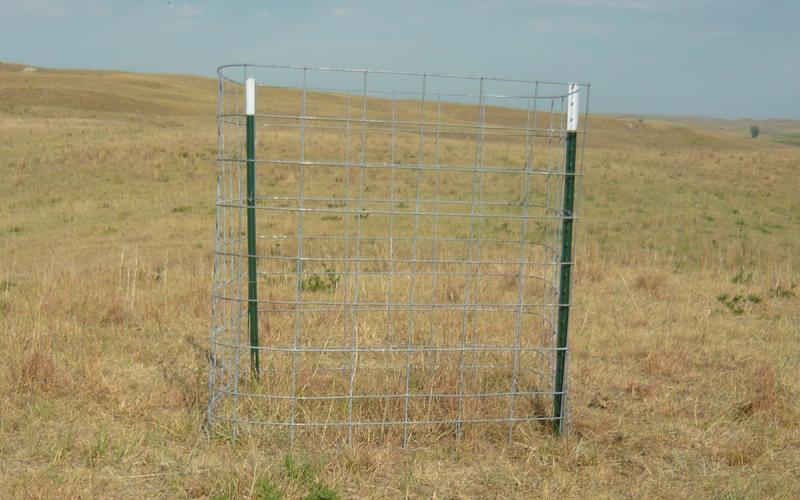
End-of-Season Monitoring
The end of the grazing season is a great time to monitor your pasture/rangeland resources. Learn about some strategies and tools available to help assess where you stand at the end of the season.
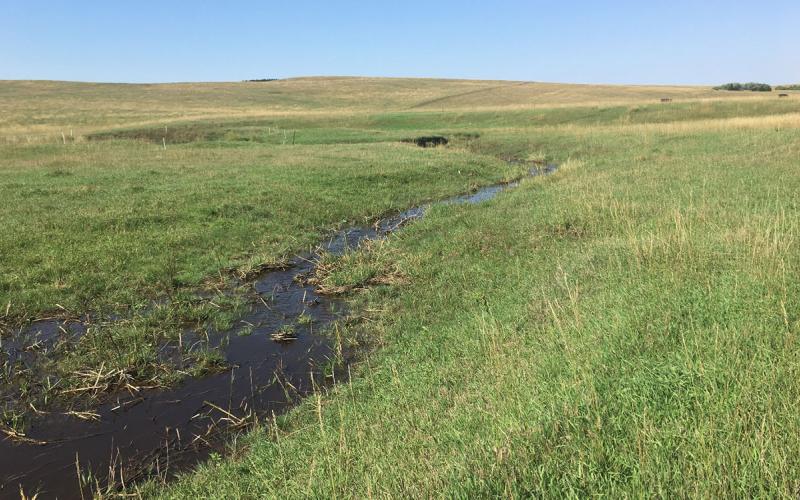
Fall Grazing: A Cautionary Tale
It is very tempting to graze new, green cool-season grasses when pastures are dry most of the summer. However, caution should be taken to not overgraze this green-up.
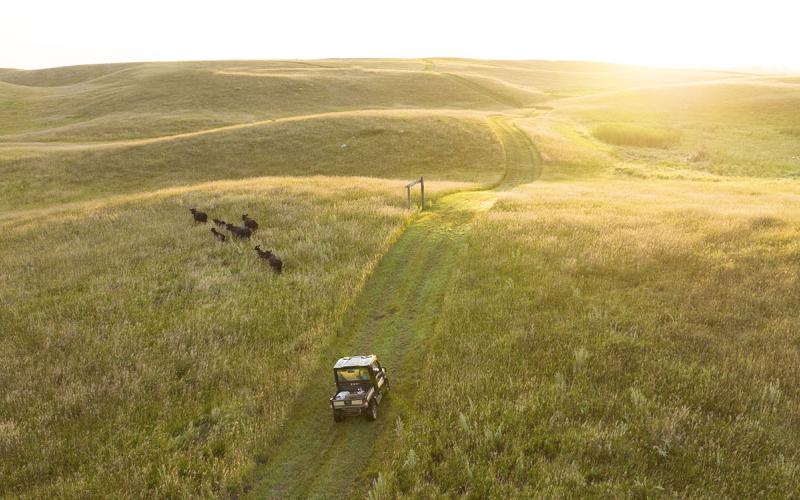
Holistic Ranch Management Helps With Economic and Climate Resilience
Holistic ranch management offers ways to think about ranching as part of a diverse ecological system. Learn how two South Dakota operations have leveraged it to generate multiple income streams from shared resources.
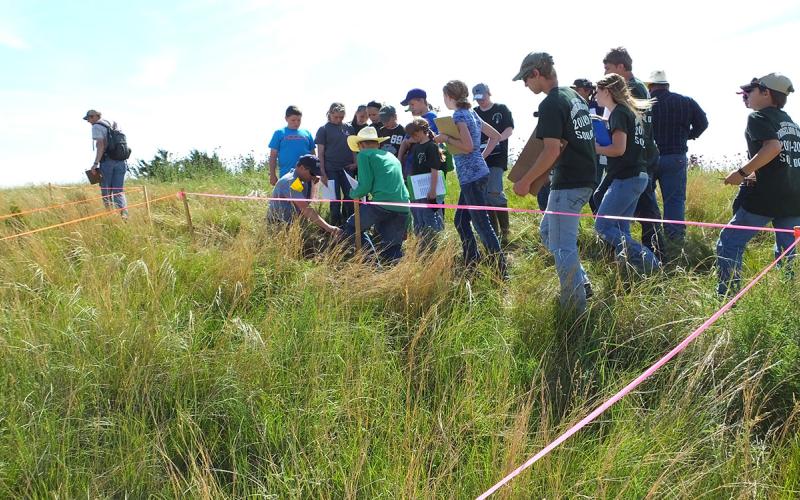
South Dakota 4-H students take 2nd place at National Land & Homesite Judging Contest
June 22, 2023
South Dakota students had a strong showing at the National Land and Homesite Judging Contest last month, including a second-place finish for the Spink County 4-H team.
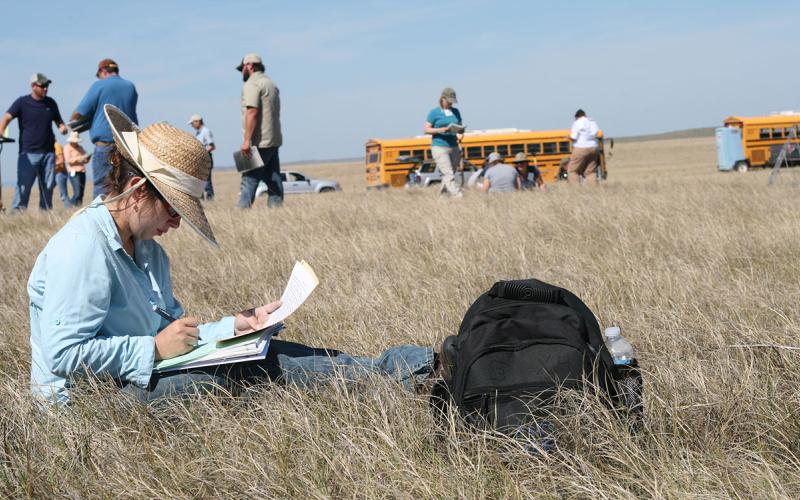
SDSU Extension promotes 2023 National Range Judging Contest results
June 21, 2023
South Dakota students had a strong showing at the 2023 National Range Judging Contest.
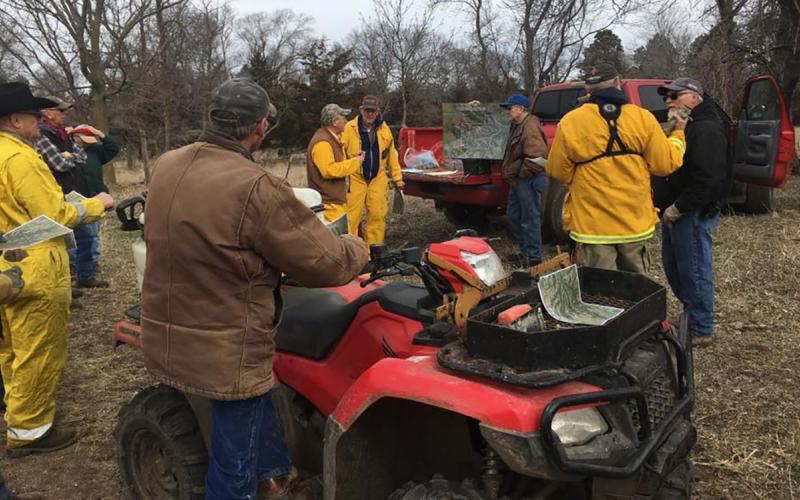
Mid-Missouri River Prescribed Burn Association: A landowner-led effort along the Missouri River
June 12, 2023
Started in 2016, the Mid-Missouri River Prescribed Burn Association is a landowner-led effort to combat the spread of trees along the Missouri River corridor in Gregory, Charles Mix, Brule and Lyman counties.
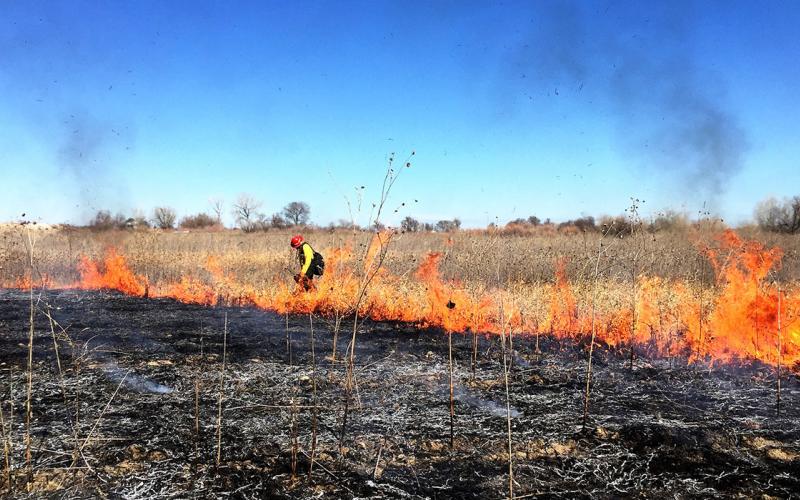
SDSU Extension receives $1 million contribution agreement from NRCS to protect grasslands from invasive trees
June 15, 2023
Trees are taking over the grasslands in the Northern Plains. To meet that threat, SDSU Extension recently received a $1 million contribution agreement from the Natural Resources Conservation Service to combat the spread.

SDSU Extension program leader receives Society for Range Management Fellow Award
March 13, 2023
The Society for Range Management recently named SDSU Extension Agriculture and Natural Resources Senior Program Leader Sandy Smart a 2023 Fellow Award winner.
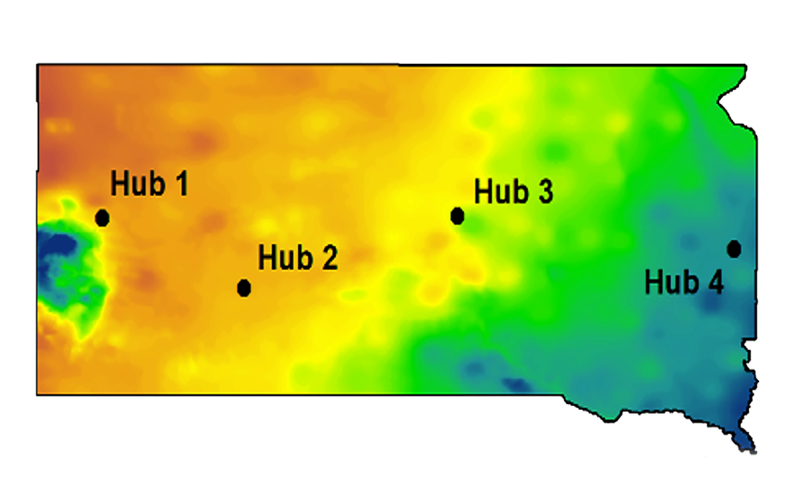
Range Roundup: Precision Agriculture Range Project With Producer Participation
SDSU Extension researchers started a new precision agriculture range project using remote sensing, machine learning, and ground-collected vegetation samples to develop an application to measure forage quality and quantity throughout the state in near real-time.
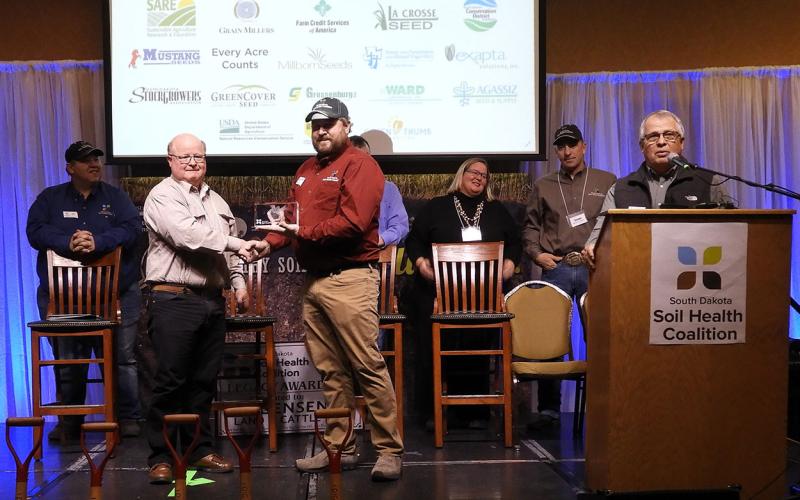
Anthony Bly Receives Friend of Soil Health Award
May 16, 2022
Anthony Bly, SDSU Extension Soils Field Specialist, received the 2022 Friend of Soil Heath Award at the 2022 Soil Health Conference.